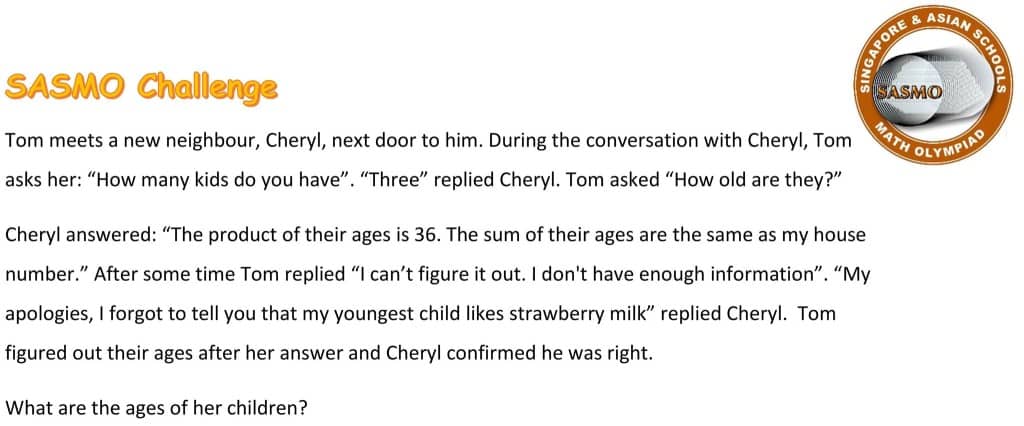 It was so fun to present not one, not two, but three, sessions at recent national math educators’ annual conferences in Boston.
It was so fun to present not one, not two, but three, sessions at recent national math educators’ annual conferences in Boston.
At both the NCSM and NCTM**, Lauri Susi and I presented “Strip Models, Tape Diagrams, and Bar Models, Oh My!” Slides that accompanied that presentation are online. Some slides don’t have the bar models on them as we drew them in during the session.
In addition, at NCTM I presented an Exhibitor Workshop entitled: Filling Knowledge Gaps with Critical Singapore Math® Approach (Gr. 3-5). Thanks! Singapore Math, Inc. for inviting to speak on your behalf!
**National Conference of Supervisors of Mathematics and National Council of Teachers of Mathematics


















